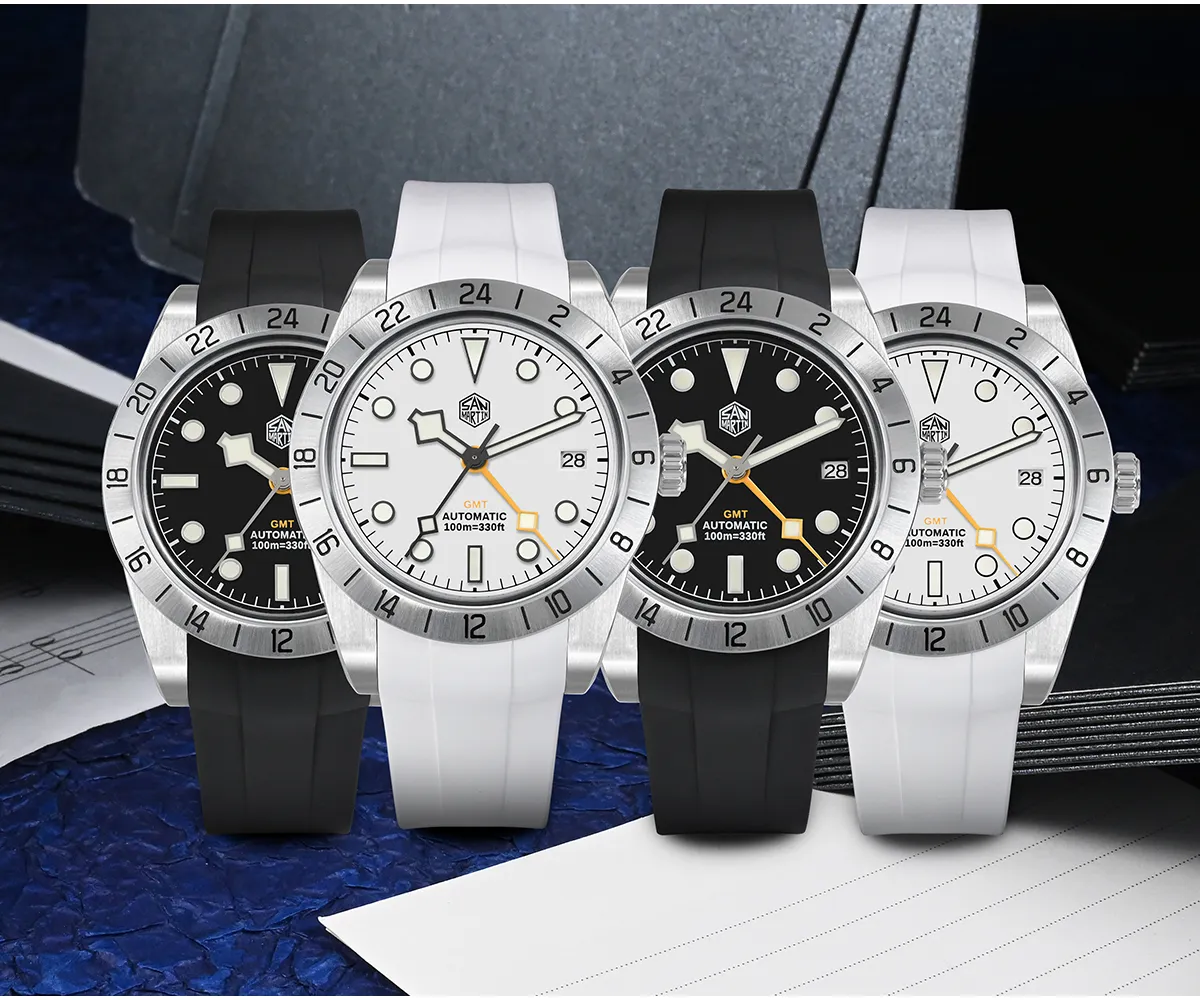Welcome to a journey through time, focusing on the heart of every classic watch – the mechanical movement. It’s a beautiful piece of craftsmanship that tells the time without the need for a battery. Let’s discover the magic that ticks inside the timeless timepieces.
Understanding Mechanical Movements
Mechanical movements are the engine of a watch. They make the watch’s hands move around the dial. These movements come alive when you wind them by hand or move your wrist.
| Type | Description |
|---|---|
| Manual | You turn the crown by hand to wind the watch. |
| Automatic | Your wrist’s motion winds the watch as you wear it. |
Components of Mechanical Movements
- Mainspring: A coiled spring that gives power.
- Gears: They move the hands at the right pace.
- Escapement: It lets the gears move step by step.
- Balance Wheel: It swings back and forth to keep time.
How Does a Mechanical Watch Work?
When you wind the watch, the mainspring gets tight. This stores energy. As it unwinds, it releases energy. This energy moves the gears. The escapement makes sure the gears don’t move too fast. The balance wheel uses this energy to swing and keep the time.

Credit: www.facebook.com
The Beauty of Mechanical Watch Movements
Mechanical movements are all about beauty and skill. Watchmakers take a lot of time to build them. They put small pieces together by hand. Each piece is very important. When you look at the movement, you can see the art and history behind watchmaking.

Credit: sanmartin-watch.com
Why Choose Mechanical Watches?
- Timeless Elegance: They are classic and stylish.
- Craftsmanship: They show the maker’s skill and care.
- Durability: If you take care of them, they can last for many years.
- Value: Some watches can grow in value over time.
Caring for Your Mechanical Watch
To keep your watch running well, you should wind it regularly. You should also have it checked by a watchmaker every few years. They will clean it and fix any issues. This way, you can wear your watch for a long time!
Mechanical vs. Quartz Movements
Mechanical watches are different from quartz watches. Quartz watches use a battery and a tiny crystal. They are more exact but less fancy. Mechanical watches may not be as exact. But they have a charm that quartz watches don’t have.
Frequently Asked Questions On Mechanical Watch Movements: Unveiling Timeless Precision
What Is A Mechanical Watch Movement?
A mechanical watch movement harnesses energy stored in a wound spring, powering the watch hands and functions mechanically without the need for a battery.
How Does A Mechanical Movement Work?
Precision-crafted gears and springs work in harmony within a mechanical movement, transferring energy to animate the watch hands and complications.
Are Mechanical Movements Better Than Quartz?
Mechanical movements are prized for craftsmanship and longevity, while quartz movements are appreciated for their precision and low maintenance.
What Are The Types Of Mechanical Movements?
Two main types of mechanical movements exist: manual, requiring regular winding by hand, and automatic, which self-wind with the wearer’s motions.
Conclusion
At the end of our journey, we’ve learned a lot about mechanical watches. They are more than just tools to tell time. They are a part of history and an art form. They remind us that some things are worth taking time to appreciate. Find the perfect mechanical watch to treasure for years to come!

a digital marketing expert, is the man behind this insightful ‘Man Watch’ blog. A modern gentleman himself, he relishes the beauty of perfect man watches. He skillfully makes use of his taste and knowledge to provide valuable insights, helping maximize your style and watch selection.


